Does K Tape Work?
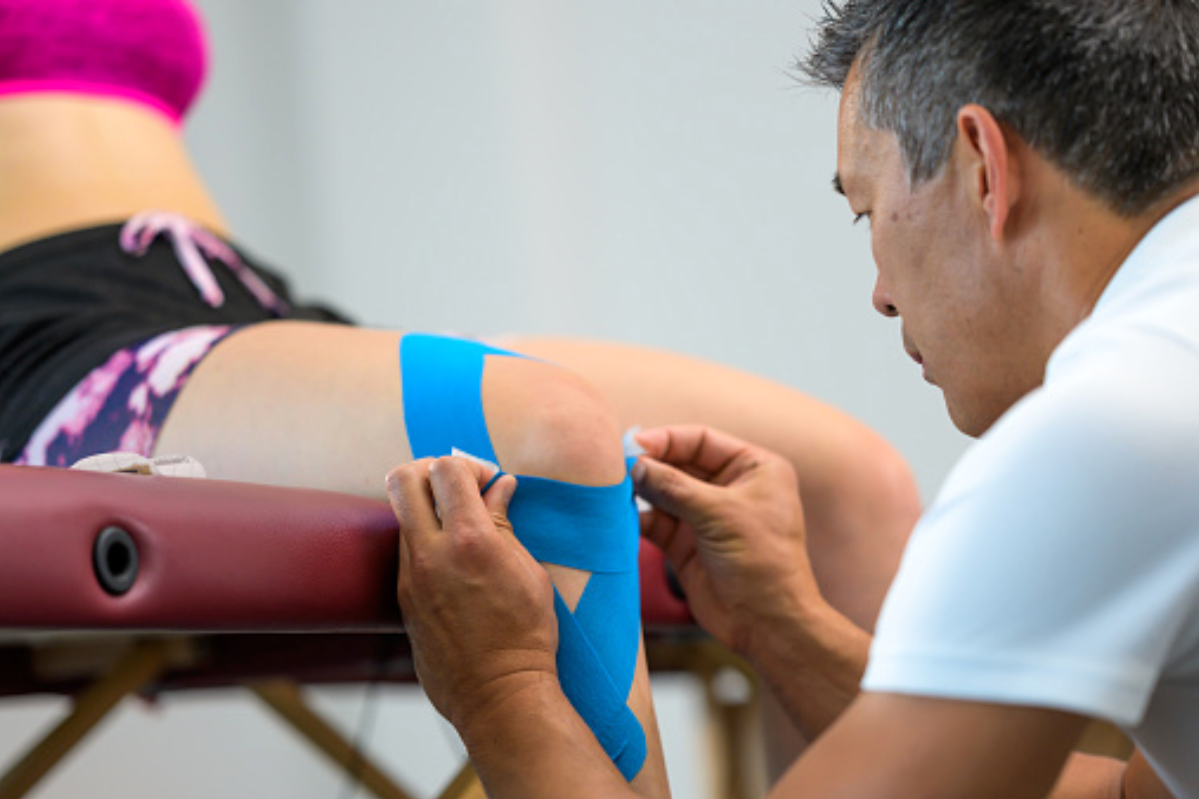
K tape or Kinesio tape is a highly elastic, hypoallergenic tape developed by chiropractic and integrative medicine doctor, Dr. Kenzo Kase. This colorful tape has been used for medical and sports-specific applications since the 1970s.
Unlike other medical or athletic tapes, Kinesio tape is designed to promote healing through lymphatic drainage. The tape gently lifts the skin (dermis) from the layers of muscles and tissue; promoting blood flow and circulation.
One common concern after a musculoskeletal injury like a torn ACL is “secondary injury” that occurs when muscle tissue changes and blood flow is impacted. The most common secondary injuries include hemorrhage (bleeding), edema (fluid build-up), and ischemia (inadequate blood supply). Secondary injuries can hinder recovery and, if left untreated, become chronic conditions like lymphedema (a blockage in the lymphatic drainage system).
When used for lymphatic drainage, KT offers varying results. The most common applications were for post-surgical patients or those who had experienced a trauma-related swelling.
A 2020 clinical trial of women with breast cancer-related lymphedema found that when compared with manual lymphatic drainage and compression therapy K tape was the least effective in reducing the lymphatic obstruction.
Kinesio tape has been shown to be more effective than the traditional short-stretch bandages used on people who were experiencing unilateral breast-cancer-related lymphedema. The study suggests that KT could be used in combination with existing physical therapy techniques to improve lymphatic drainage and promote healing.
When used after an acute injury, participants reported less pain in the 24 hours following tape application. Although this is promising data, scientists concluded that the improvements in range of motion and pain were too small to have clinical significance. Nevertheless, even a small reduction in pain may be beneficial and promote adherence to physical therapy programs.
Further studies have not found conclusive evidence that Kinesio tape sufficiently reduced pain and decreased dysfunction when compared to a control group. But, as experts note, the perceived benefits of KT or other therapies should not be discounted.
One case study treated people with lower back pain using KT, a program of K tape and exercise, or exercise only. Scientists compared the range of motion and perceived pain of people experiencing lower back pain. All participants reported less pain but the exercise only group was the only cohort that showed improved range of motion in the long term.
But people with injuries aren’t the only ones taping up. Athletes are using KT as a performance enhancer and a means to prevent injury. Studies suggest that KT may help reduce the risk of damaging previously injured muscles and tendons but there is no evidence to suggest that it can prevent injury in healthy tissue. In other words, it might be smart to K tape your previously sprained ankle but KT isn’t a magic bullet that will prevent you from turning your ankle on a trail run.
KT drew popular attention during the 2008 Olympic Games after athletes were seen competing with K tape visible. This promoted the idea that Kinesio tape could enhance performance, by driving blood flow and correcting movement patterns.
A 2018 study of keno athletes found that KT can enhance the kendo striking motion which involves quick movements. Scientists elevated Achilles tendon force, jump distance, lower limb angular motion, and left foot-ground contact time. Participants with Kinesio tape on their Achilles tendons had a significant decrease in foot-ground contact time which equated to faster, better strikes.
A literature review found insufficient evidence that Kinesio tape is substantially more beneficial than nonelastic athletic tape in the prevention of injuries. Some studies have shown that KT can marginally improve strength and range of motion but there are no consistent findings regarding the efficacy of KT compared to other methods.
While it’s tough to draw a conclusion from the current research on KT, there is little evidence to suggest that it could hinder performance or be harmful.











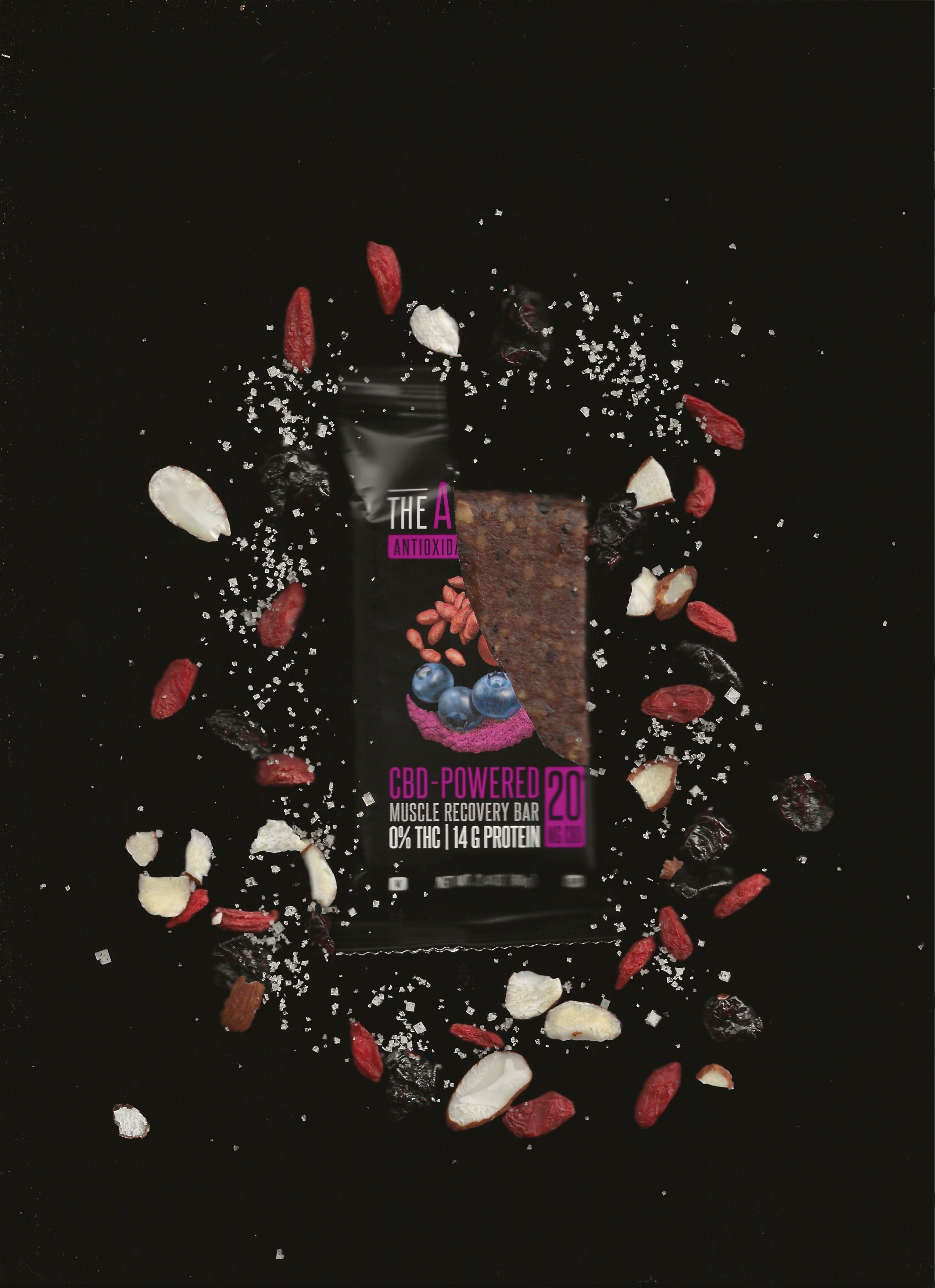

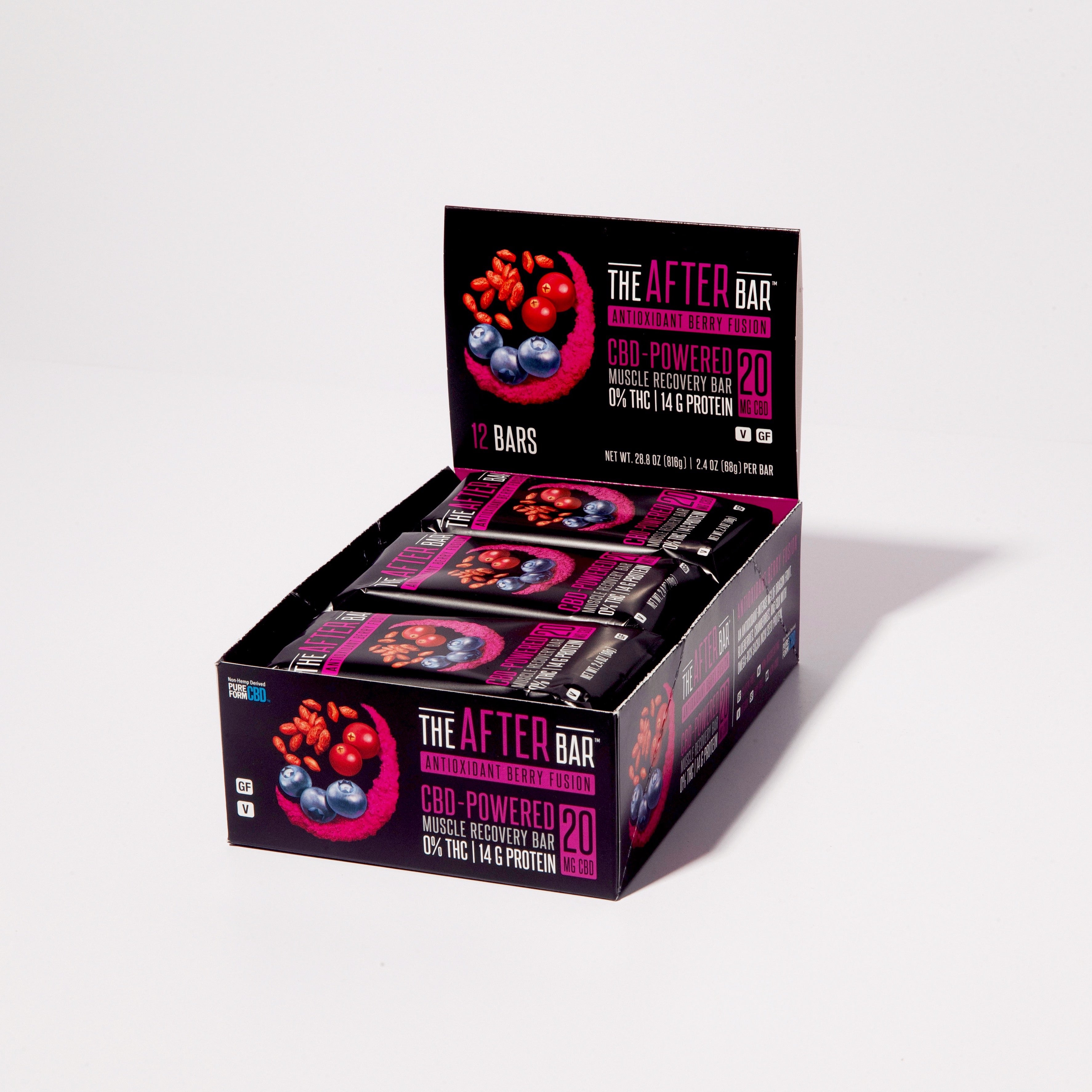
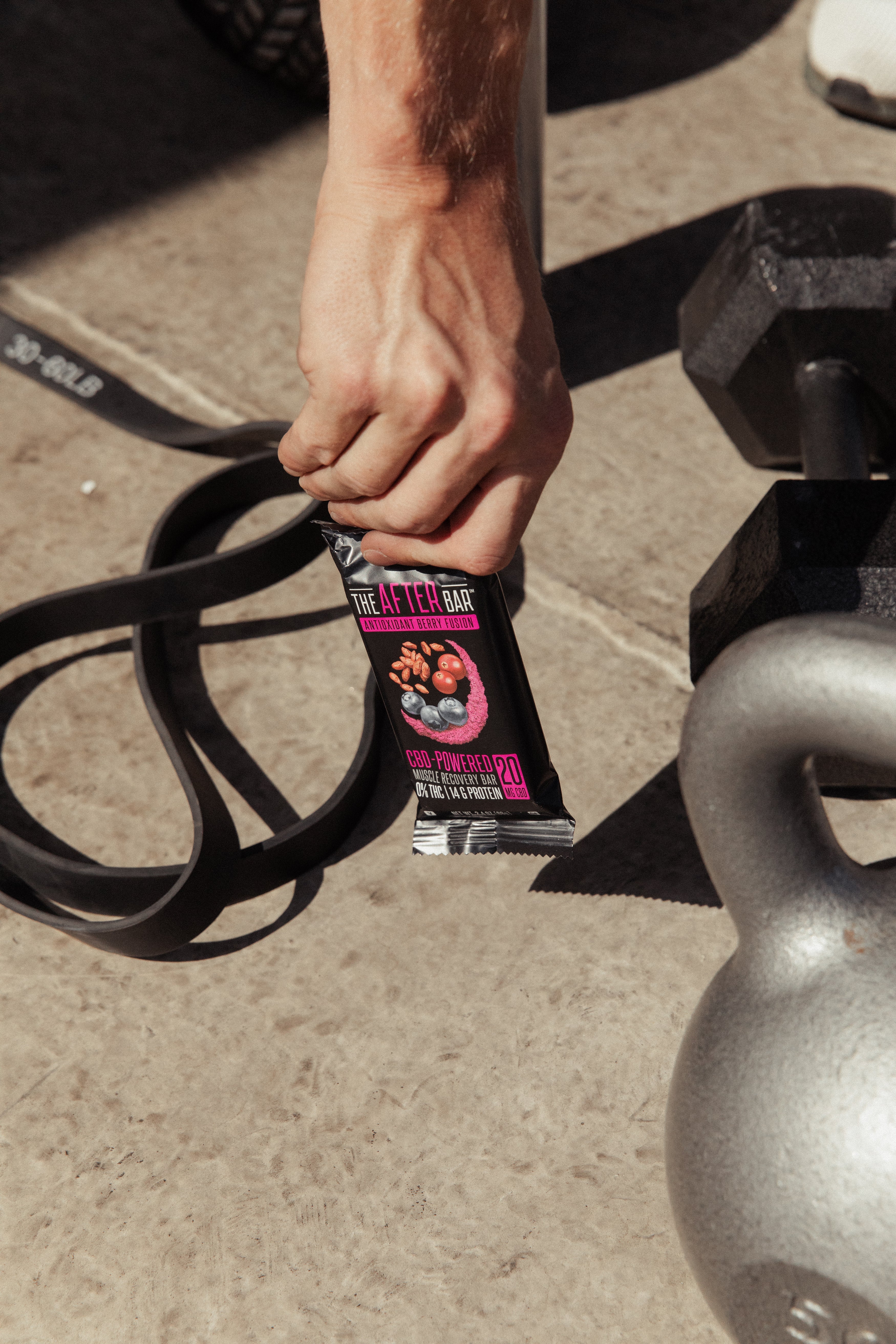



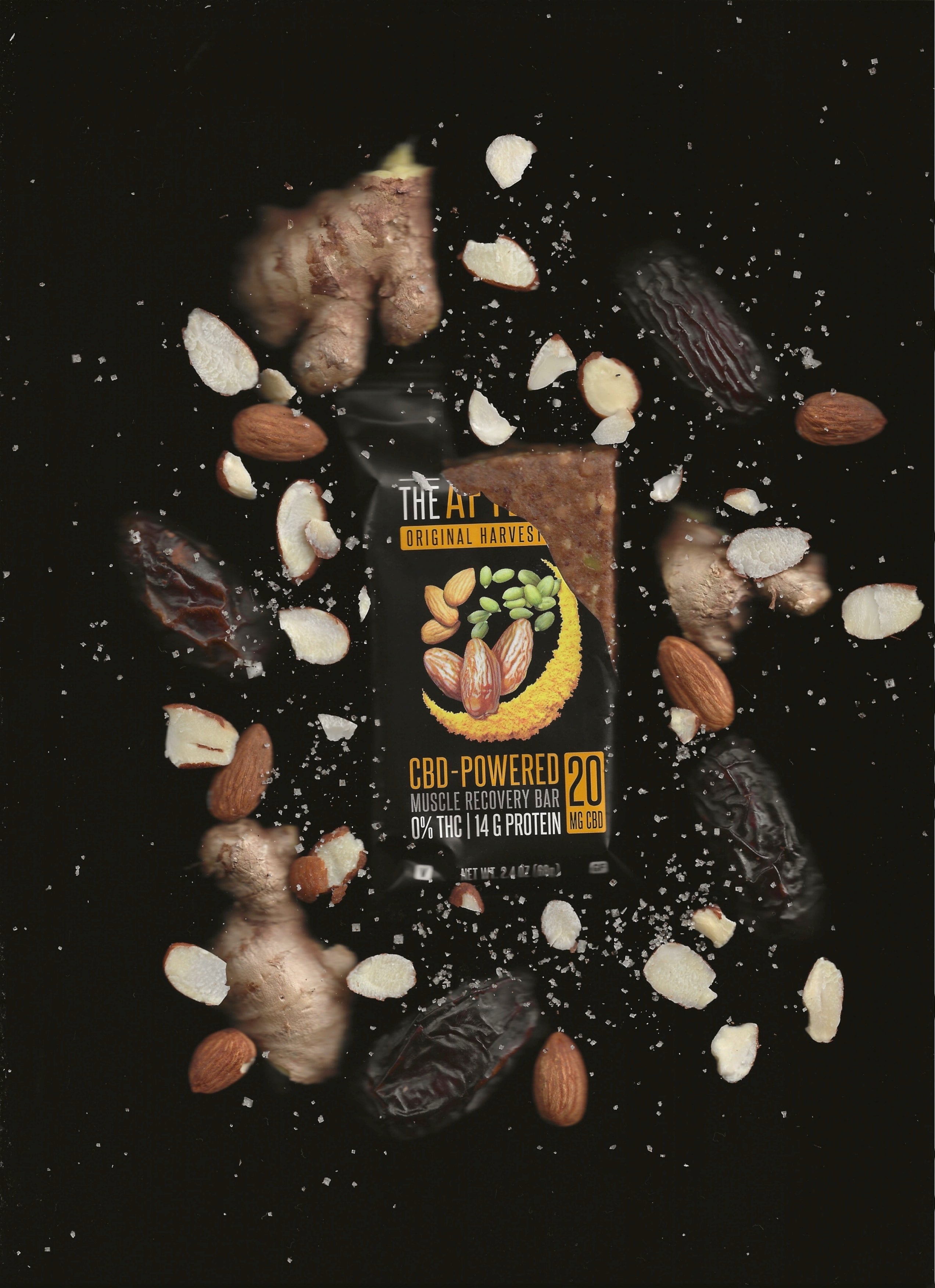
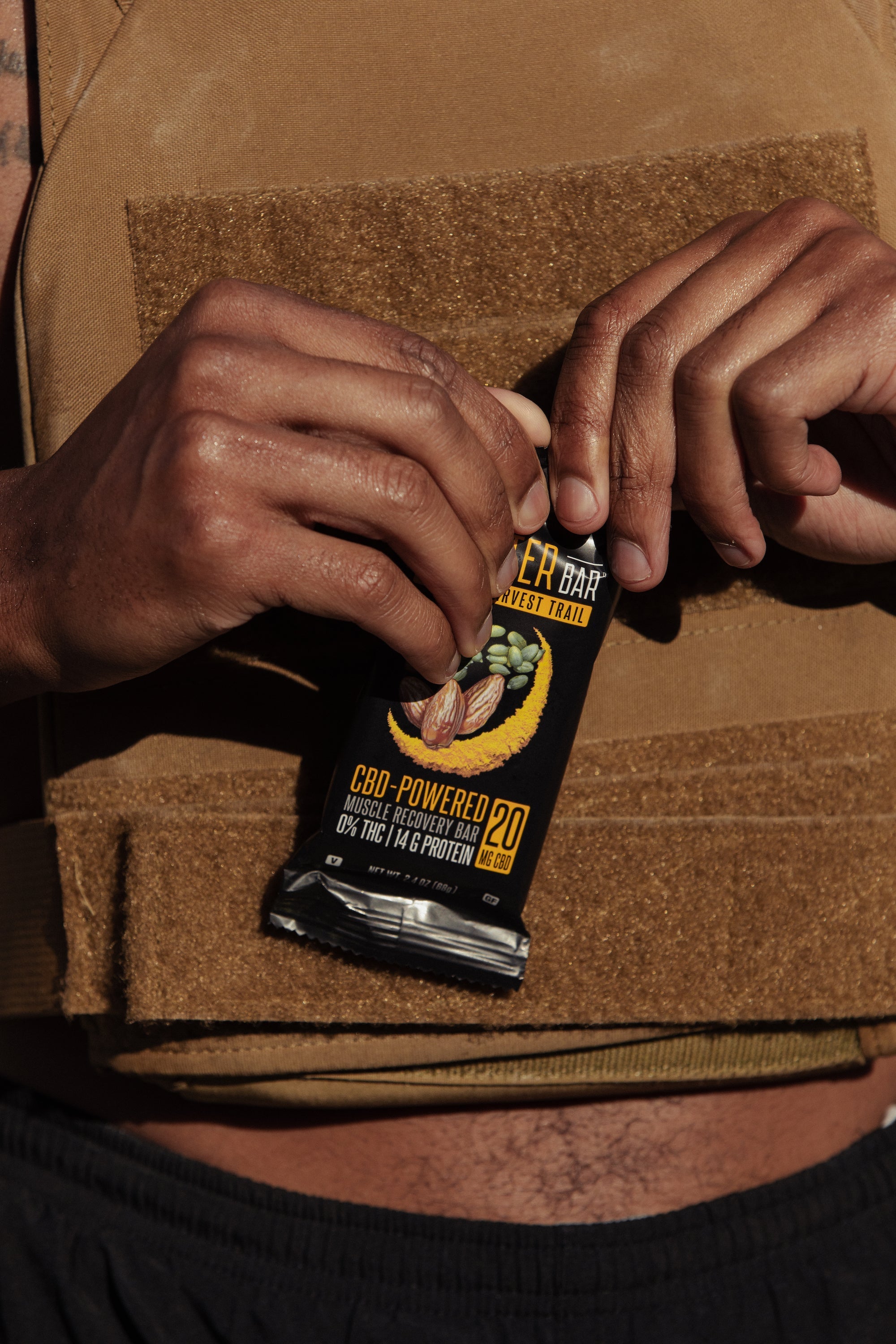
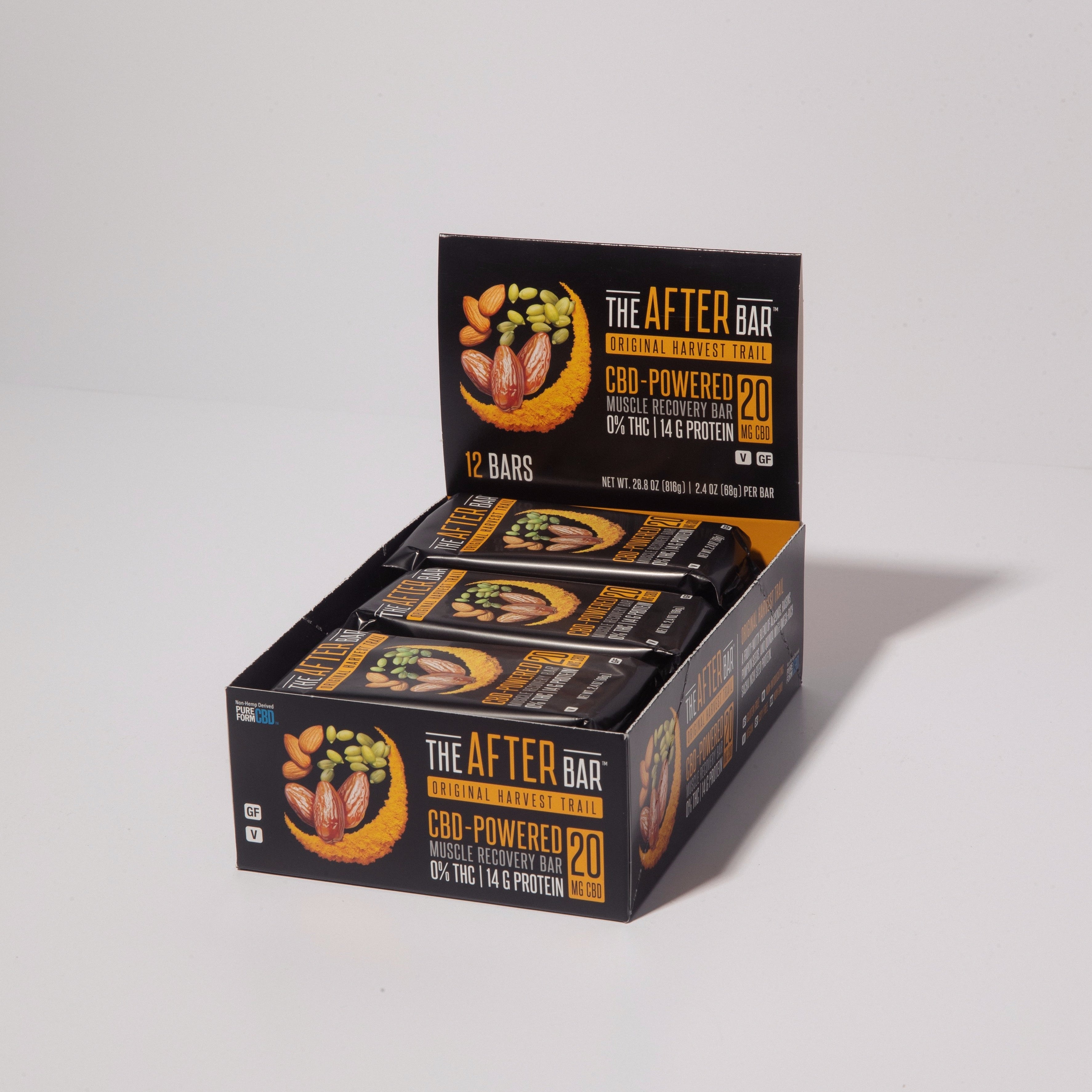


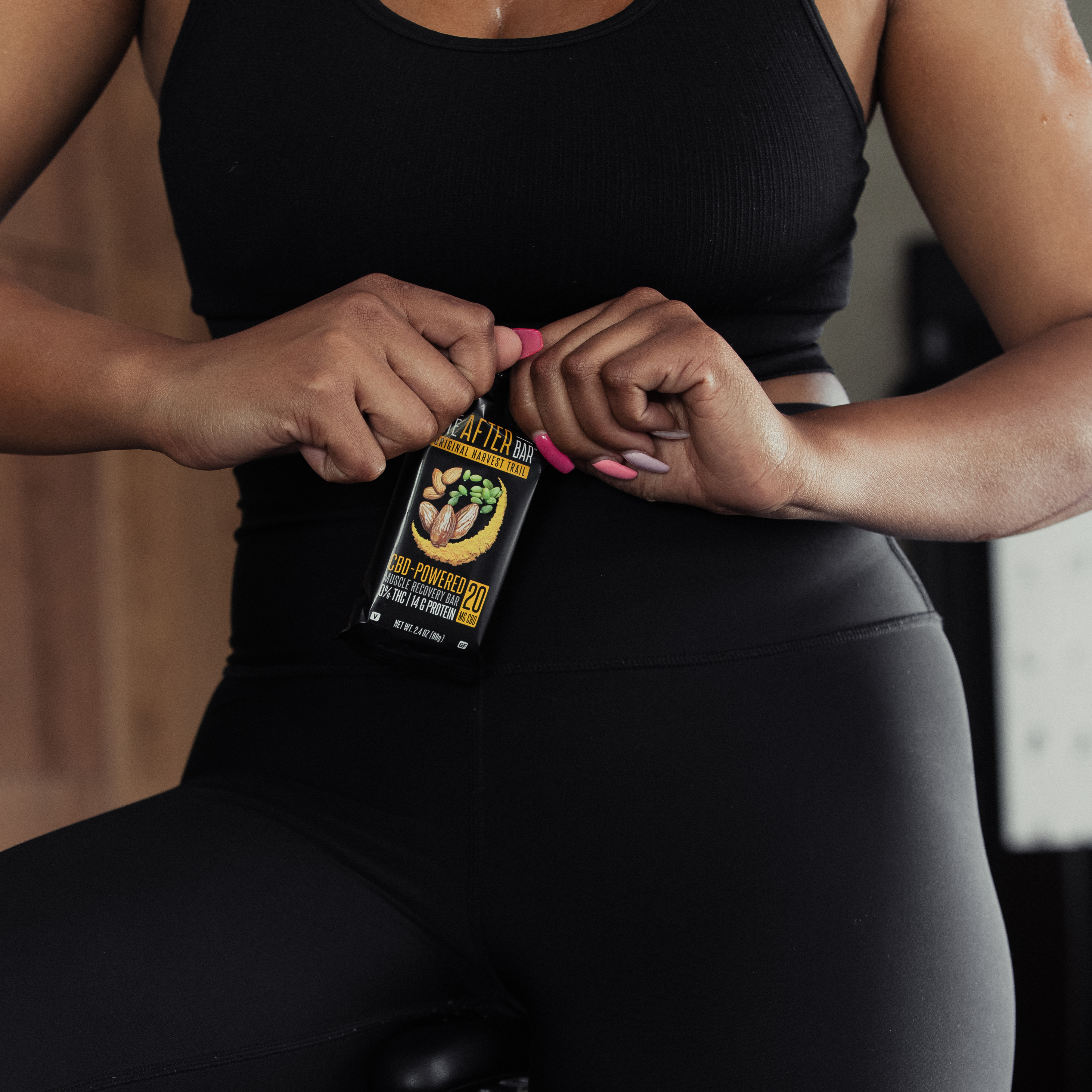
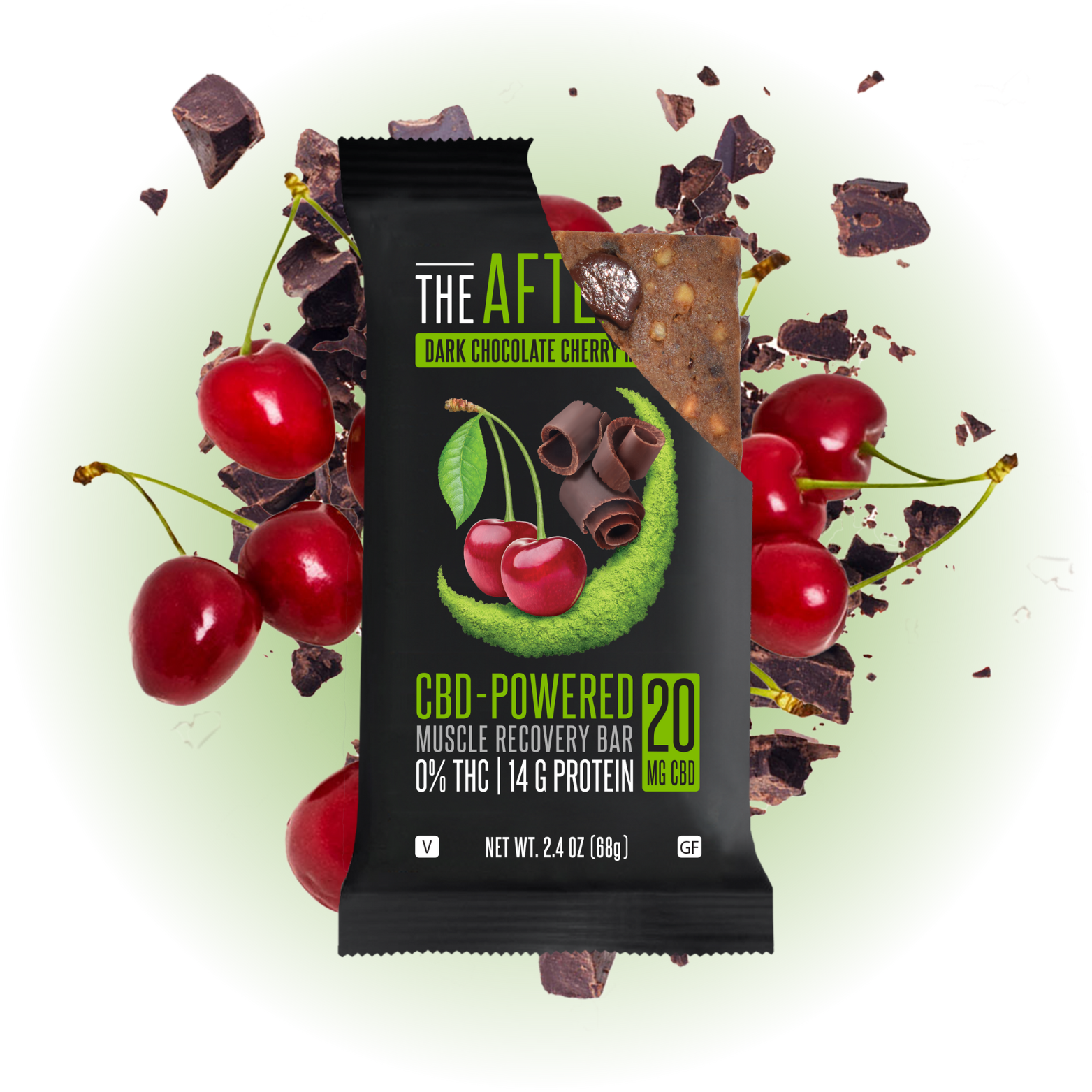
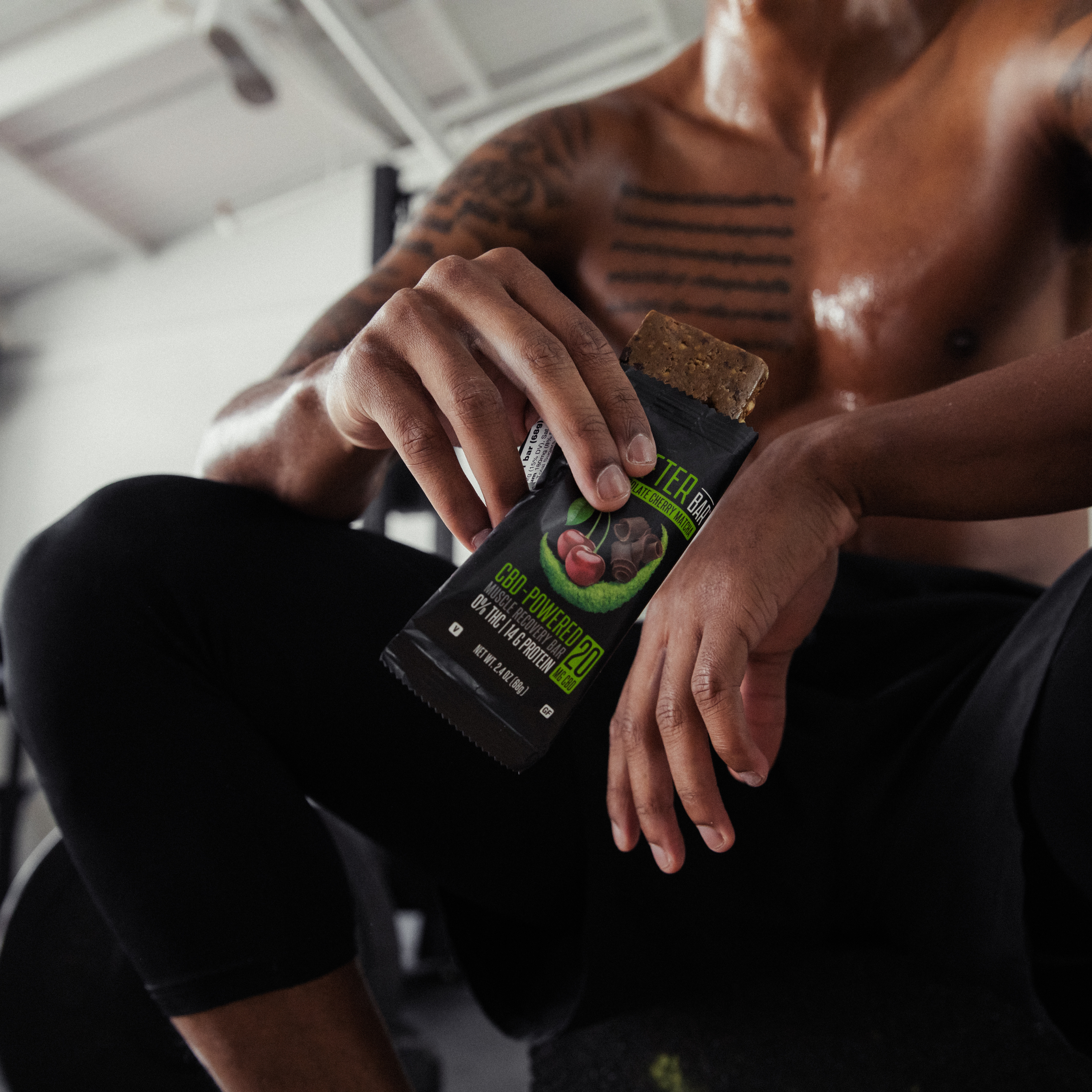

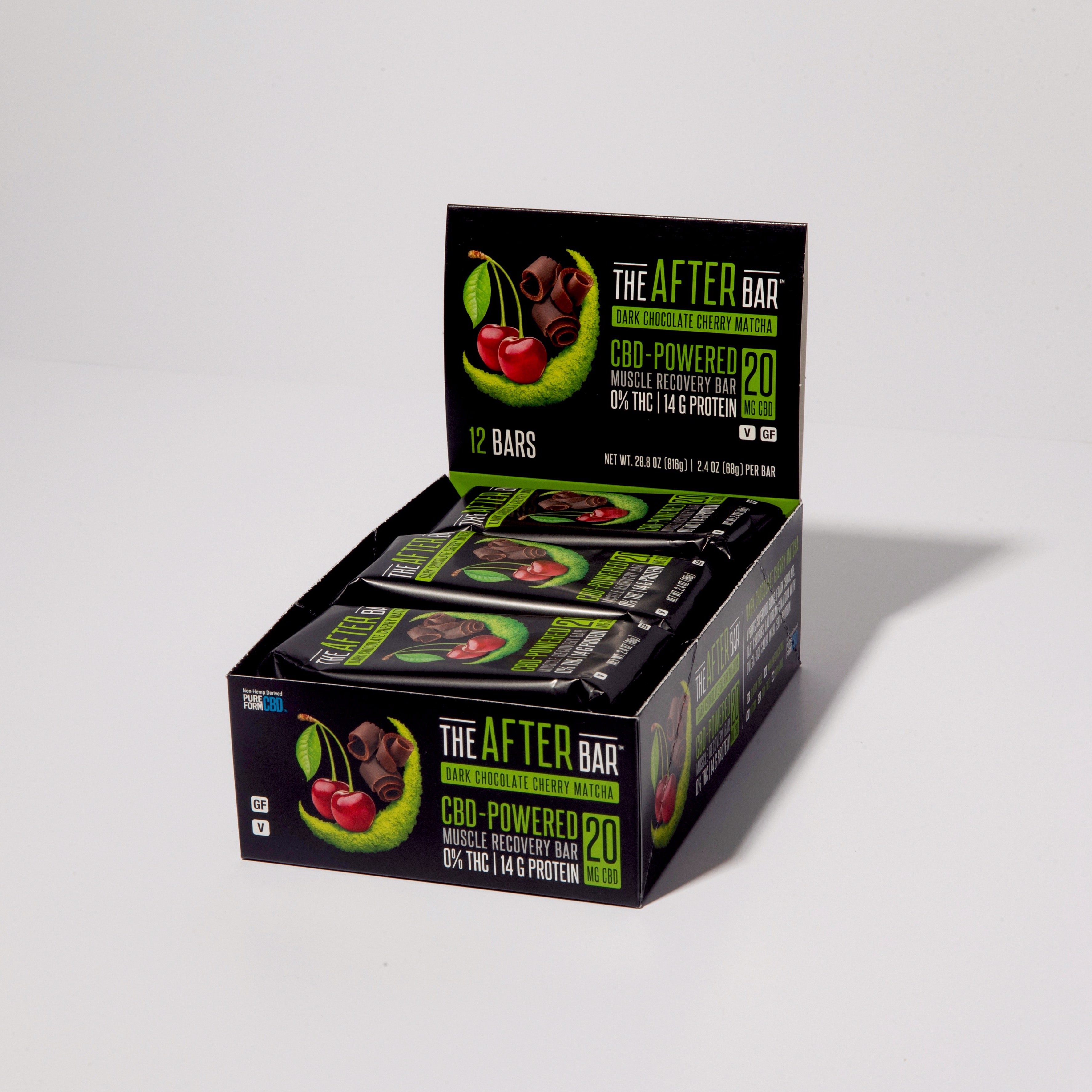
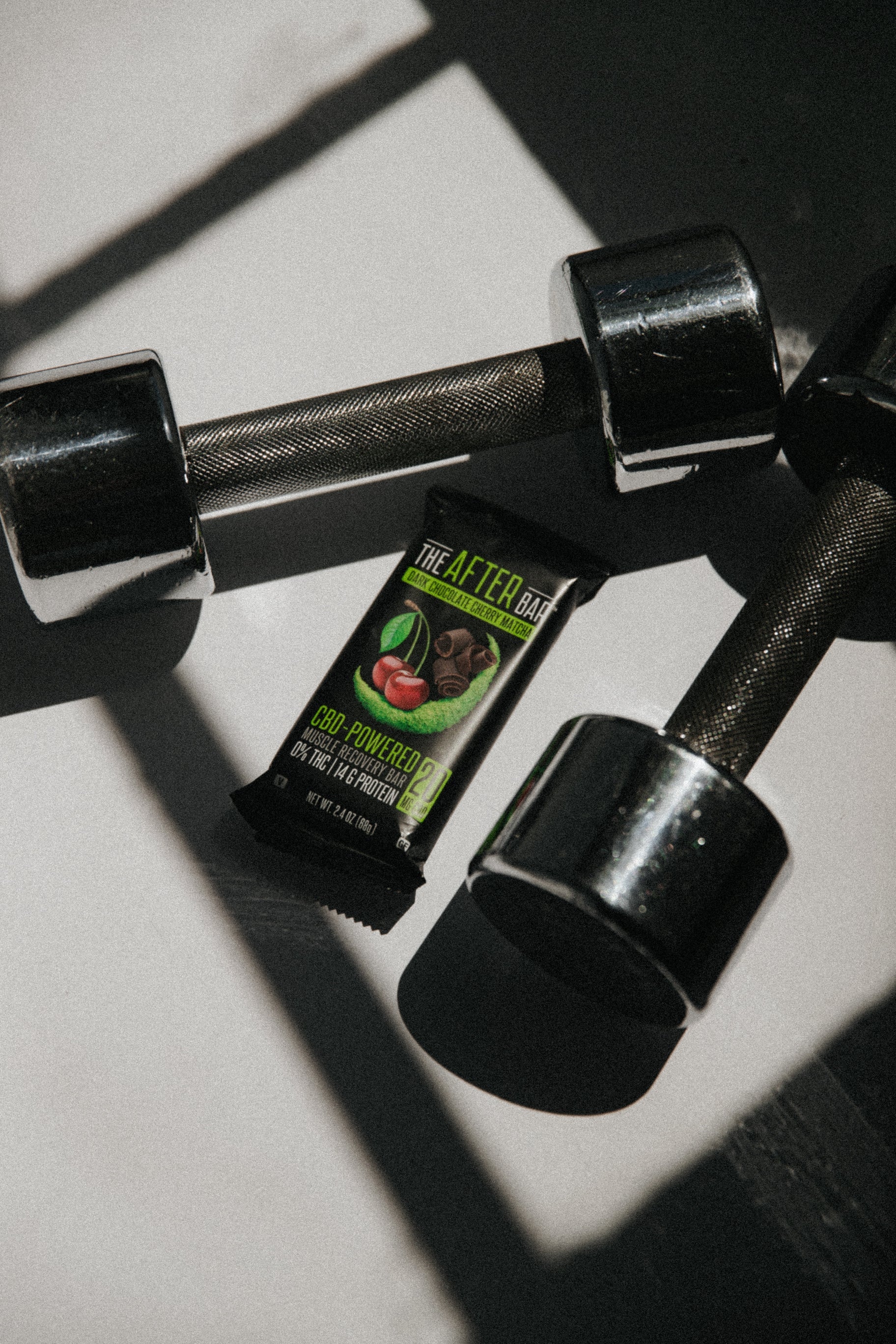


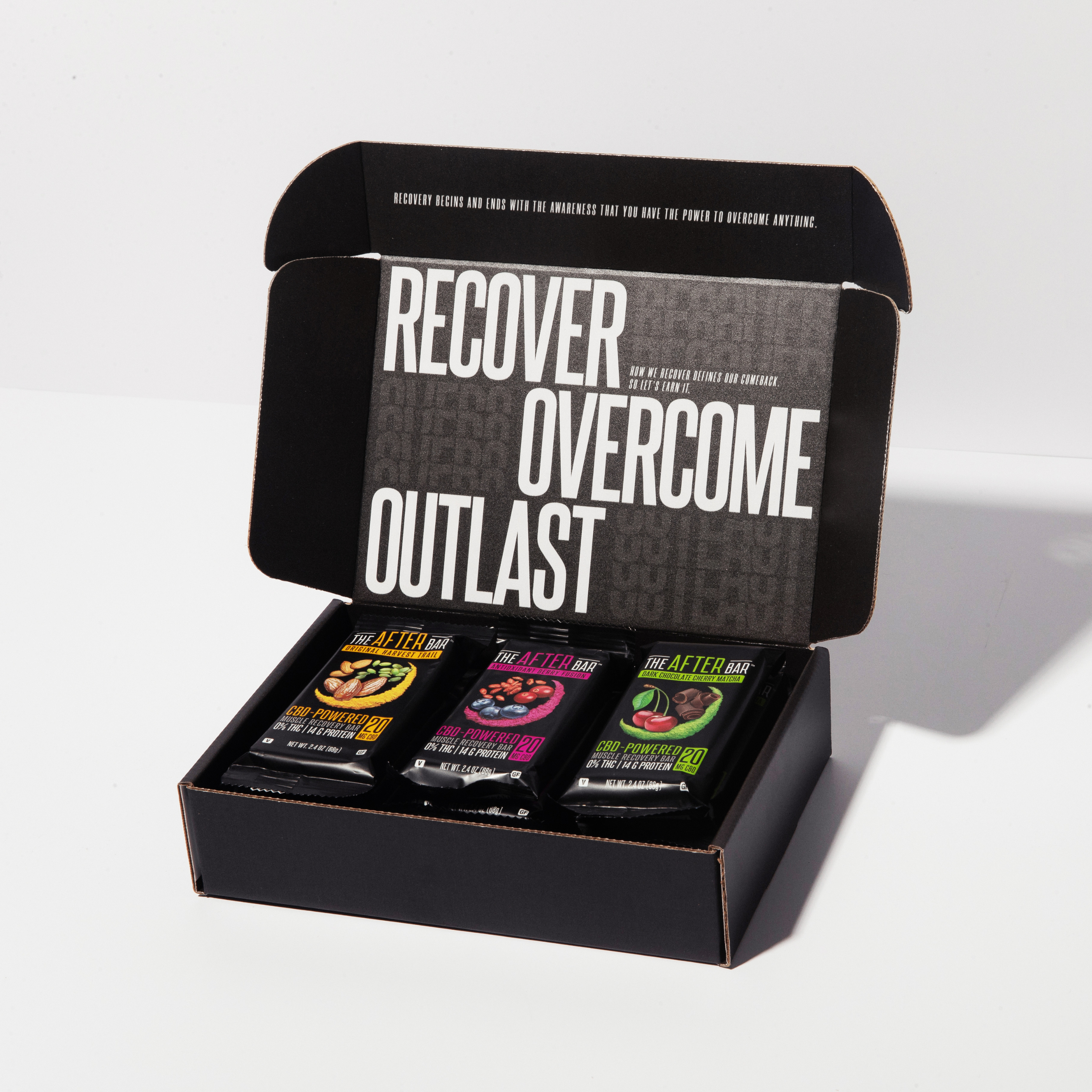
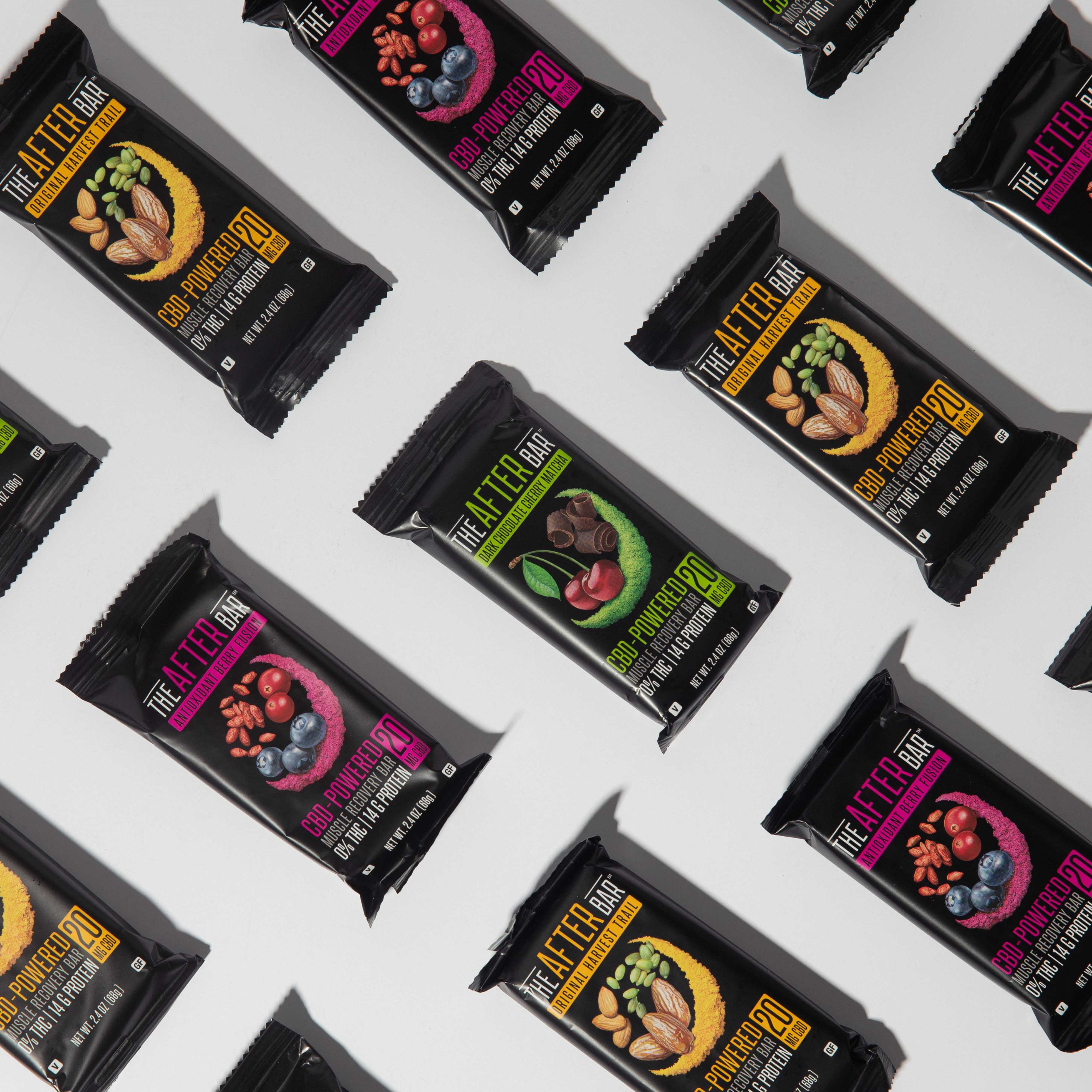
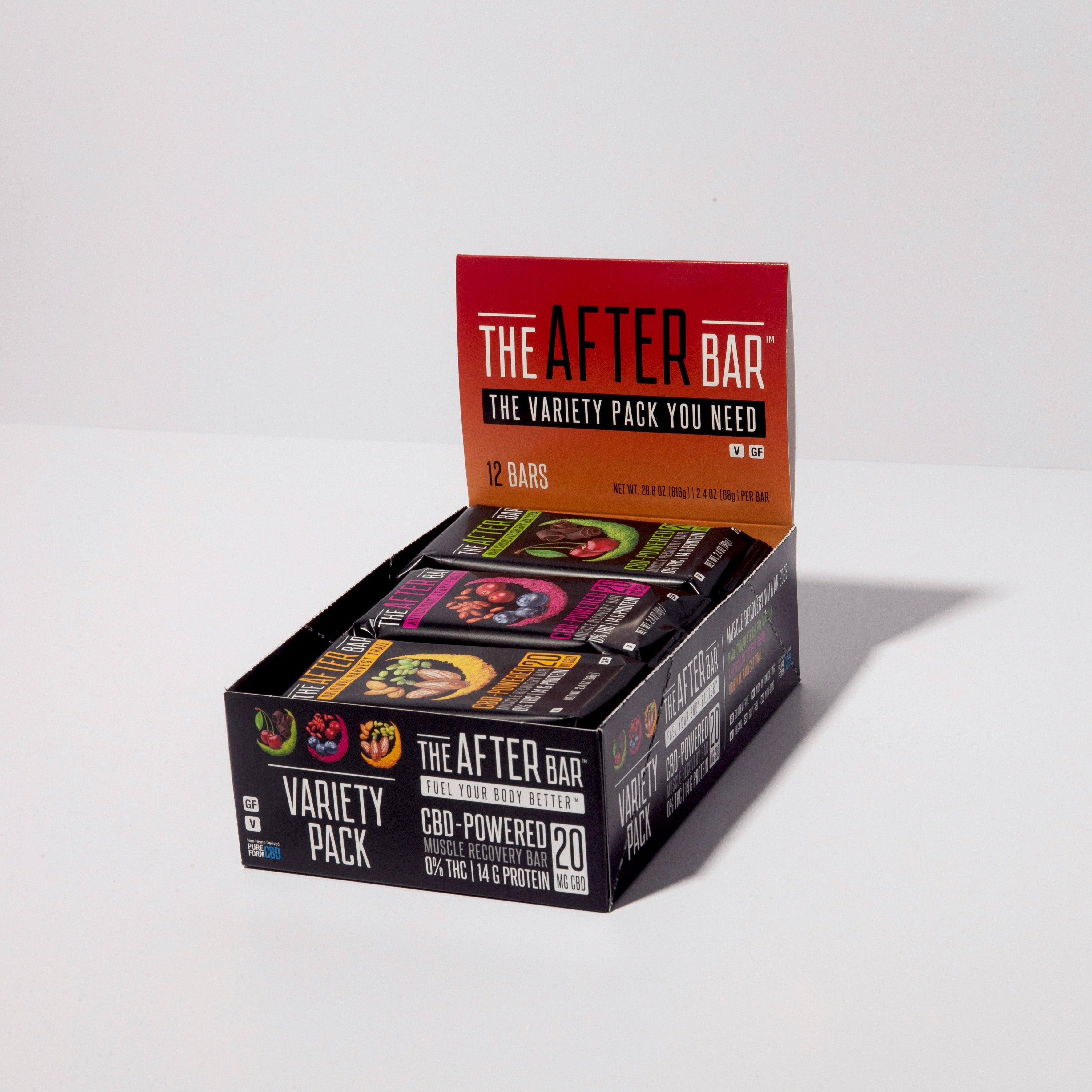
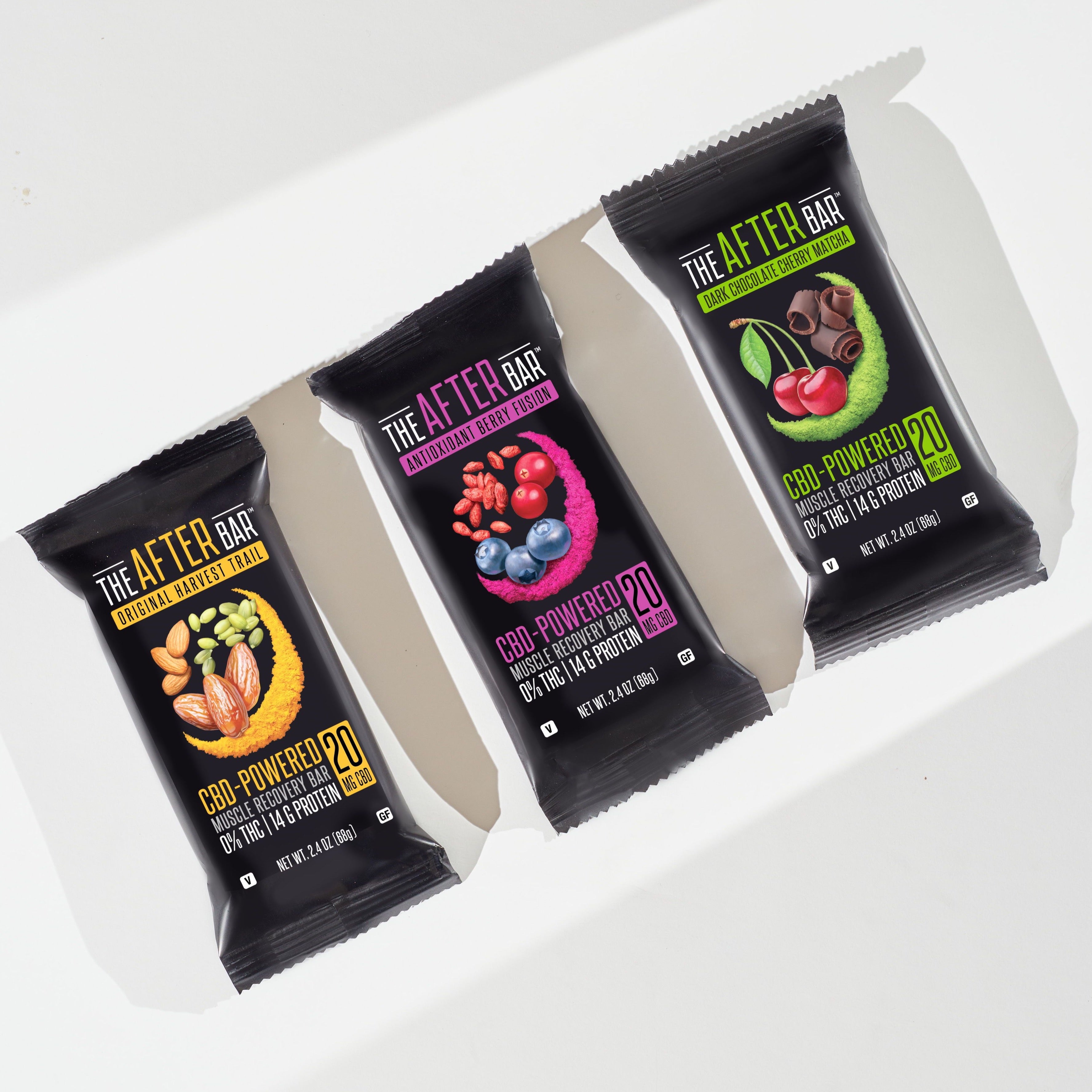
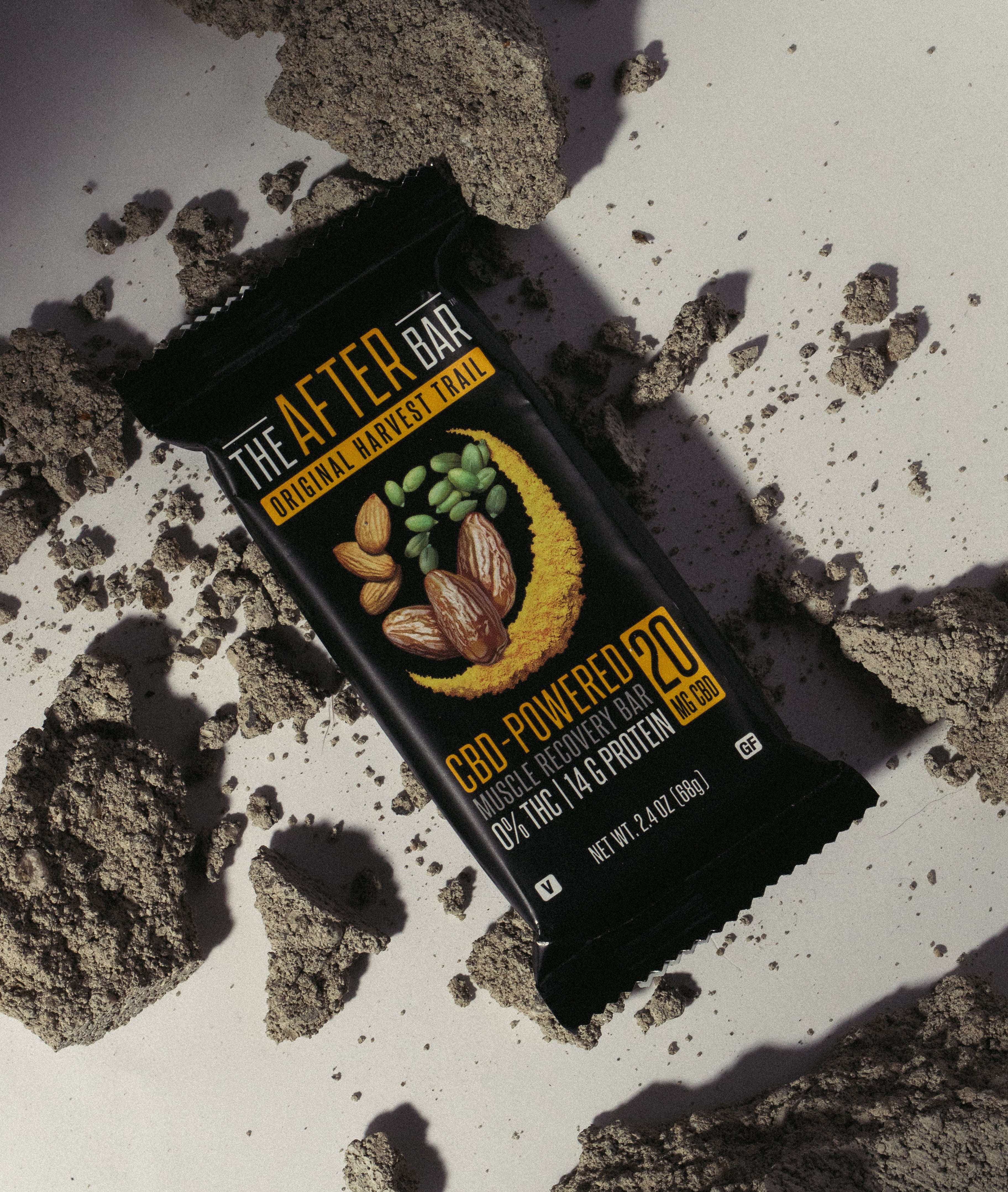
wow really great read, I was always skeptical about K-Tape and if it actually worked or if it was all in my head. Thank you for this now I’m a believer!
Leave a comment